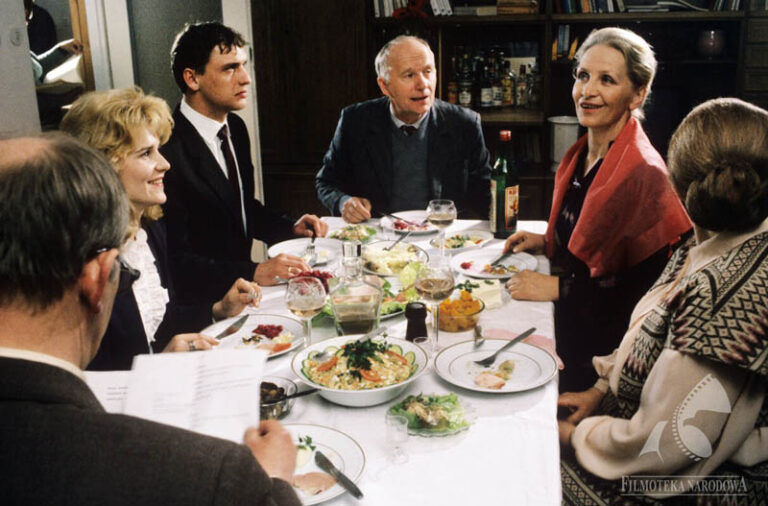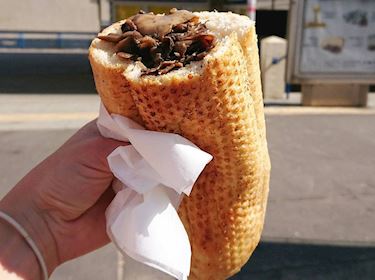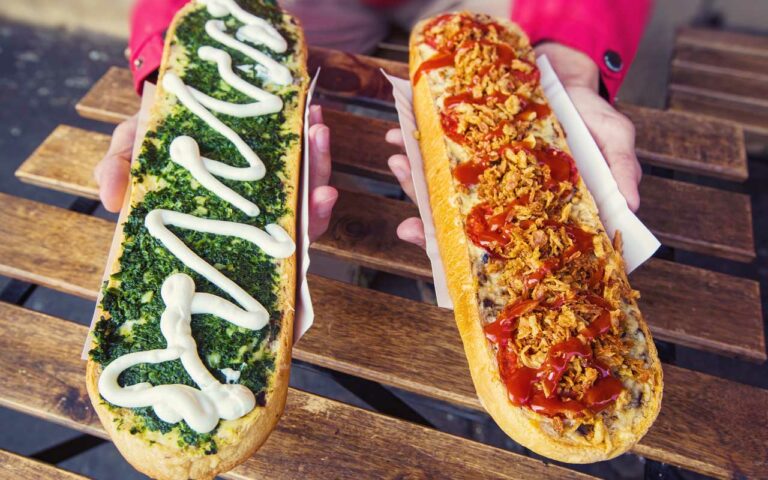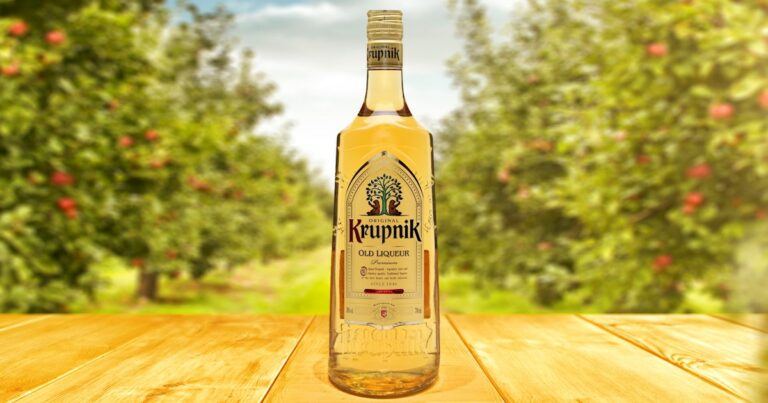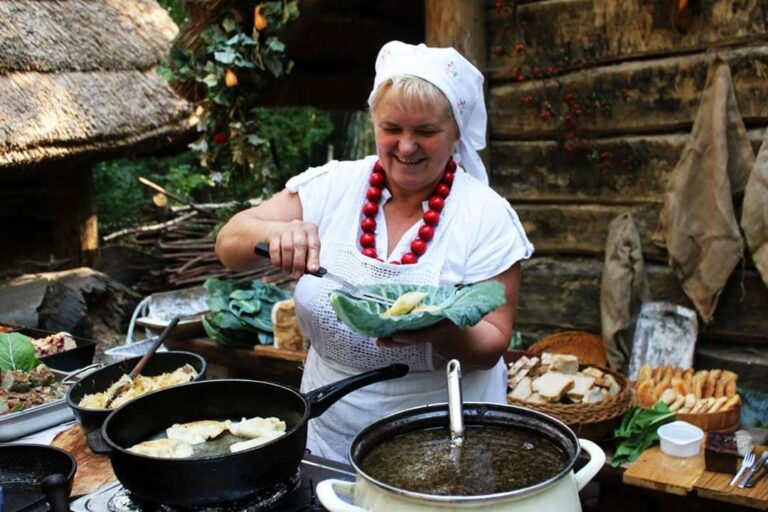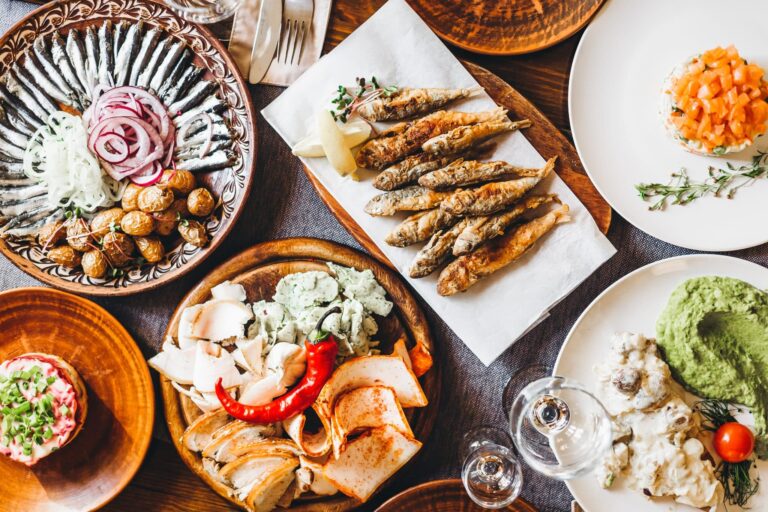Introduction
Poland is a country with a rich culinary tradition, and dining is an important part of Polish culture. Polish cuisine is famous for its hearty dishes, use of local ingredients, and distinctive flavors. In addition to the food itself, there are also a number of unique dining customs and etiquette in Poland that visitors should be aware of when dining with locals.
Traditional Polish Cuisine
Polish cuisine is known for its hearty and filling dishes, often featuring meat, potatoes, and vegetables. Some of the most popular dishes in Poland include pierogi (dumplings), bigos (a stew made with sauerkraut and meat), and kotlet schabowy (breaded pork cutlets). Many traditional Polish dishes are also served with sour cream, which is a staple ingredient in the country. Poland is also famous for its bread, including the popular obwarzanek krakowski, a twisted bagel-like bread from Krakow.
Table Manners and Etiquette
Polish table manners are generally quite formal, with a number of rules to follow. When sitting down at the table, it is customary to wait for the host or hostess to signal that it is time to begin eating. Guests should also wait for their hosts to begin eating before starting themselves. When eating soup, it is acceptable to tip the bowl away from you to avoid spilling, but it is not acceptable to slurp the soup. Additionally, it is considered impolite to leave any food on your plate, so it is important to take only what you can eat and to finish everything on your plate.
Toasting and Drinking Customs
Toasting is an important part of Polish dining culture, and it is customary to raise a glass and make a toast before beginning a meal. When toasting, it is important to make eye contact with other guests, and to clink glasses with everyone at the table. Additionally, it is customary to take a small sip of alcohol after each toast, rather than downing the entire drink at once. Drinking is also an important part of Polish dining culture, and many traditional meals are accompanied by beer or vodka.
Dining Out in Poland
Dining out in Poland is a popular activity, and there are a number of great restaurants and cafes to choose from. When dining out, it is customary to leave a small tip for the waiter or waitress, usually around 10% of the total bill. Reservations are also recommended, especially at popular restaurants, and it is considered impolite to arrive more than 15 minutes late for a reservation.
Special Occasion Dining Traditions
Polish dining traditions are also prominent during special occasions, such as weddings and holidays. During a Polish wedding, it is customary for the bride and groom to share a plate of bread, salt, and wine as a symbol of their commitment to each other. On Christmas Eve, a traditional meatless meal called Wigilia is served, featuring dishes such as pierogi, mushroom soup, and fried fish. Easter is also an important holiday in Poland, and a traditional Easter breakfast is served featuring eggs, ham, and a special bread called babka.
In conclusion, dining in Poland is an important part of the country’s culture, with a number of unique customs and etiquette to follow. From traditional dishes like pierogi and bigos to toasting and drinking customs, visitors to Poland can experience a rich culinary tradition and unique dining experience.

